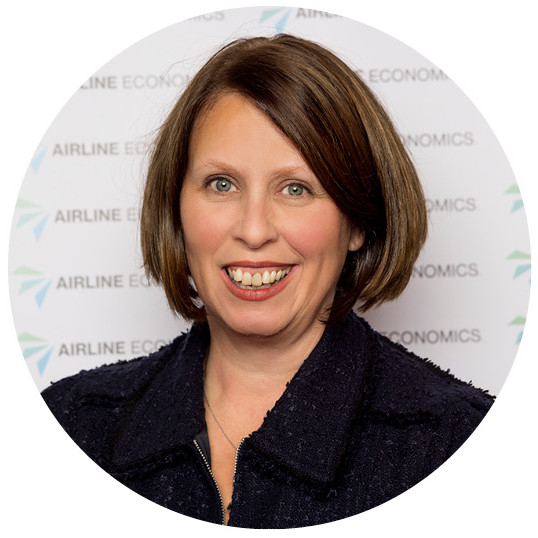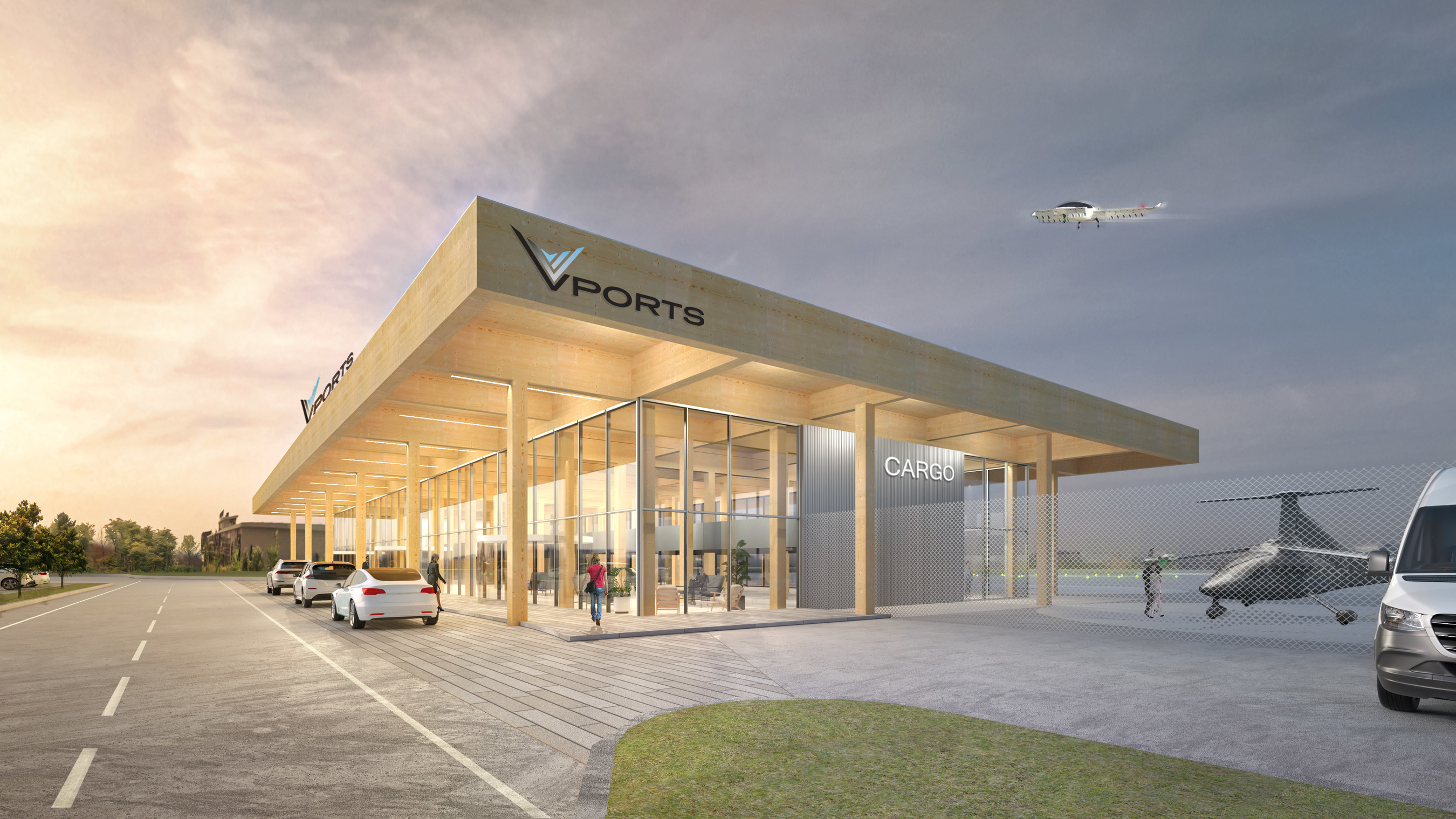VPorts, a Quebec-based company focused on the design, construction and operation of Advanced Air Mobility (AAM) infrastructure, plans to create Quebec's first regional electric AAM vertiport network. By 2030, the network will extend to all major Quebec regions, providing a sustainable transportation solution via electric vertical take-off and landing (eVTOL) aircraft.
''We are excited to build the first vertiport network connecting all Quebec regions, including remote communities that are not adequately served by surface transportation or underserved by aviation," said Dr. Fethi Chebil, President and Founder of VPorts. "Similar to heliports, the vertiports will be designed for take-off and landing by eVTOLs. Our initial growth strategy is based on regional transportation of goods and efficient movement of patients, organs for transplants and medical equipment."
VPorts' Quebec network will focus on locations that optimise multimodal transportation connectivity, including Mirabel Helico, St-Hubert Airport and major agglomerations such as Quebec City, Ottawa-Gatineau, Sherbrooke, Drummondville, Mont-Tremblant, Trois-Rivières, Ste-Marie de Beauce and Rivière-du-Loup, as well as the network of airports in the north region of Québec operated by Transports Québec.
"Logically, the first places to set up vertiports are existing helipads and airports," noted Dr. Chebil. "Industrial and commercial areas are also excellent options to consider. We look forward to collaborating with Transport Canada, NAV CANADA, the Government of Quebec and municipal officials on defining safety and security regulations, flight corridors, urban integration and community engagement for this important undertaking that will benefit our communities.''
The first generation of quiet, lightweight eVTOL aircraft will have a range of up to 250 km, which is the limit of current aviation batteries. Each vertiport will be equipped with charging stations and hydrogen fuel stations for hybrid aircraft to ensure availability. Technological advances in high-density, low-carbon energy sources for electric propulsion enable simpler, more reliable, more efficient and much quieter operation of aircraft, especially due to the increased range.
To create the first vertiport ecosystem in Quebec, VPorts—which designs its infrastructures to ensure safe, optimal operation—has partnered with best-in-class companies. The operational concept and requirements, including integration of air traffic management, are being developed by NUAIR, an engineering firm that is shaping the future of safe aircraft systems and advanced airborne mobility operation. UAM Geomatics is in charge of cost and revenue forecasting, geospatial mapping and vertiport network location mapping in Quebec. Innovitech is supporting VPorts by developing a stakeholder management strategy focused on social acceptance. AEdifica is developing the architectural concept for the network.
AAM is a strategic element of Québec and Canada's emerging electric transportation system, since it promises to be more environmentally friendly, efficient and accessible for transporting goods and—in a few years—people.
VPorts' VOCC will have the capacity to manage air traffic control integration and set up communication protocols between eVTOLs and vertiports. It will also provide data related to resource management, ensuring an efficient, timely decision-making process for all aircraft taking off from or flying to any vertiport in the network, in Québec and around the world.
Incorporating state-of-the-art technology, the VOCC will enable the company to centralize operations for optimal efficiency. It will also have the capacity to manage non-flight-related operations, including cargo, personnel and airside management, commercial activities, security screening, cybersecurity, ground handling and aircraft charging.
The architectural concept is open and eco-friendly, integrating the real (analogue) and virtual (digital) worlds to create a seamless experience. "Our aim is to achieve the highest level of certification for the LEED and WELL building standards. We're striving to create an environment which promotes energy and resource efficiency, eco-friendly materials and occupants' well-being," explained Dr. Chebil. The building's structure of locally sourced mass timber will act as a carbon sink, enabling the project to achieve net zero carbon emissions.

